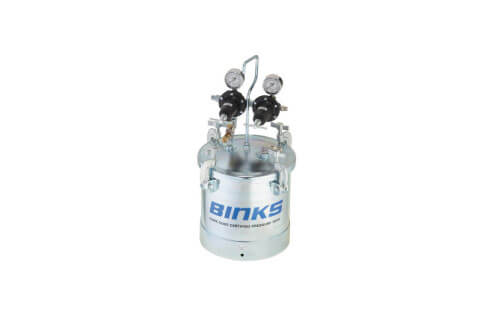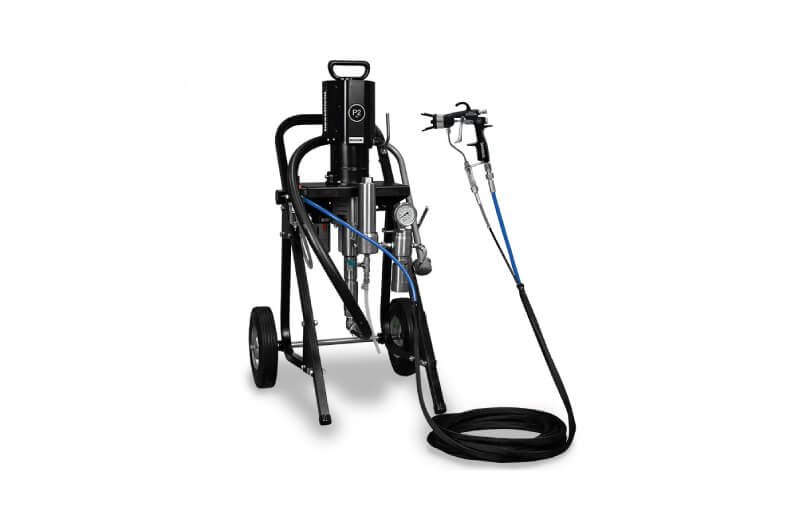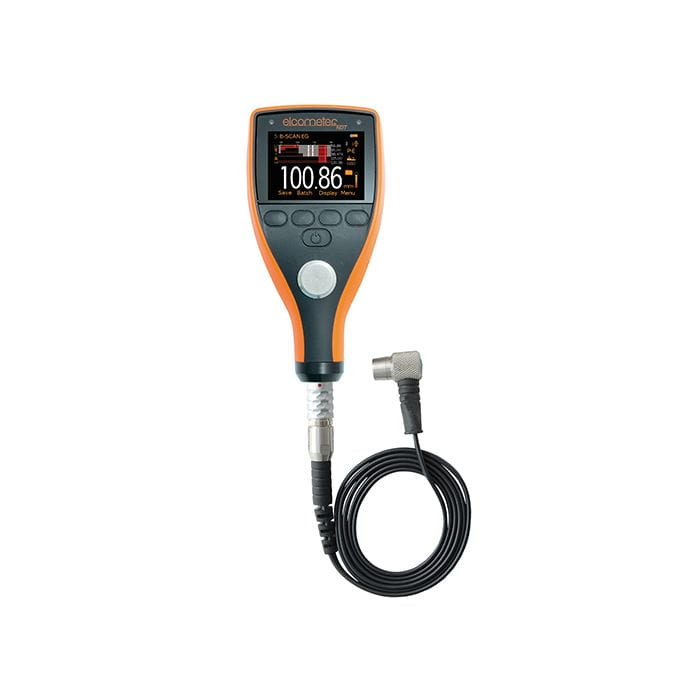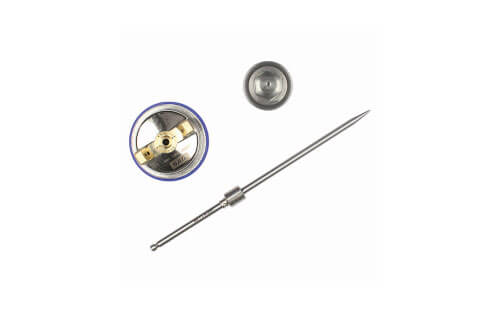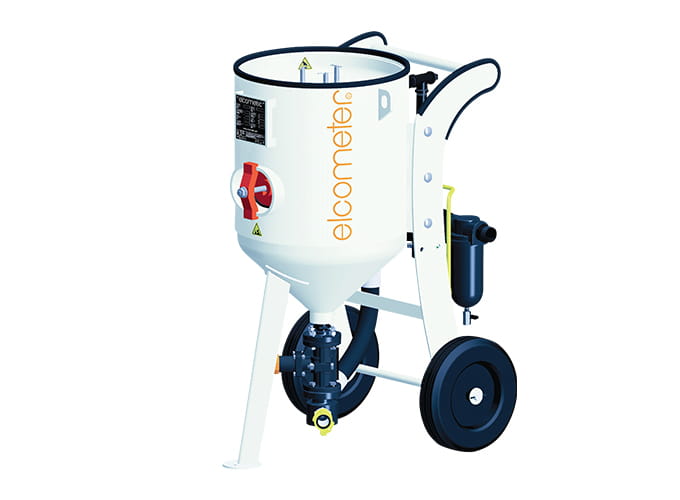Accurate Surface Profile Measurement: Replica Tape & Gauge
A correctly determined surface profile (peak-to-valley) is essential for the adhesion and durability of coatings. The proven method: replica tape in combination with a thickness gauge provides reproducible, standards-compliant results.
Why the Surface Profile Matters
An optimal profile increases the surface area and creates a mechanical key for the coating. Excessive profiles waste material and remain unsealed with thin layers; too low profiles provide little adhesion.
How to Measure with Replica Tape & Gauge
- Select the correct tape type: e.g., 12–25 µm = "Coarse Minus", 20–64 µm = "Coarse", 38–115 µm = "X-Coarse", >115 µm = "X-Coarse Plus".
- Remove the tape from the roll, peel off the backing, apply to the surface, and burnish with the burnishing tool until a uniform grey area appears.
- Measure with the thickness gauge and subtract 50 µm (2 mils) for the Mylar backing – this gives the peak-to-valley height.
- If readings are near the tape range limits (e.g., 38–64 µm), use both tape types and average the results.
Standards & Comparison Methods
This method complies with ASTM D4417-C, ISO 8503-5, or NACE RP0287. Alternatives such as surface comparators are quick but subjective – replica tape also provides an auditable “proof of test”.
When Digital Gauges Make Sense
Digital gauges like the Surface Profile Gauge are faster, more precise (±5 %), store readings, and allow software data export – ideal for large inspection areas.
Practical Checklist
- Select tape according to expected profile height.
- Take at least two measurements per location.
- Document readings and use the average value.
- Calibrate the gauge and set to zero if required.
- Store replica tape samples as proof.


